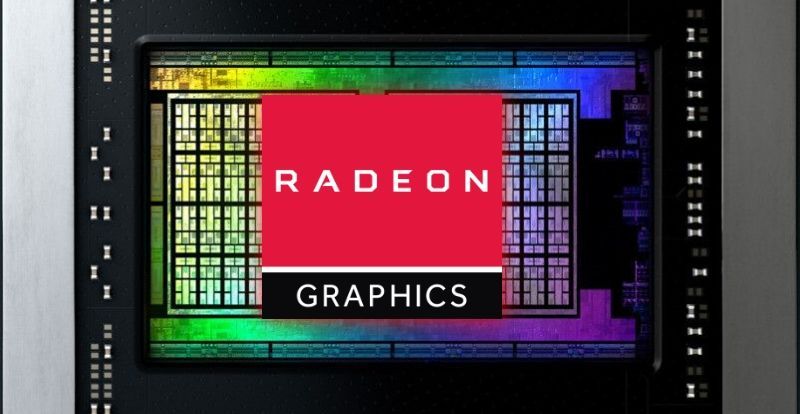AMD has confirmed that the new Radeon graphics cards with RDNA 3 will use more advanced nodes than those previously used in RDNA 2.
AMD RDNA 3: Use of 5nm and 6nm silicon confirmed
The RDNA 3 series of graphics cards, presumably RX 7000, will make the leap to a more advanced node using 6nm and 5nm silicon.
Looking ahead to the next generation, AMD is preparing the arrival of three Navi chips, the Navi 31, Navi 32, and Navi 33, to repeat its strategy of multiple chips for low-end, mid-range, and high-end. Of these three chips, only the Navi 33 would use the 6nm node.
This information suggests that the Navi 31 and Navi 32 chips could use a multi-chip design with different nodes. Navi 33, on the other hand, would use a more traditional monolithic design.
AMD hasn’t revealed many details about the RDNA 3, so we’re not sure if it will use a multi-chip or monolithic design.
As shown above, the GPUs codenamed Navi 31 and Navi 32 will use 5nm and 6nm processes, while the lower-spec Navi 33 will use only 6nm processes, and AMD’s MI 300 compute card for data centers will use 6nm processes.
As previously revealed, the GPUs codenamed Navi 31 and Navi 32 will use dual GPU chips, while Navi 33 will use a single chip. By using dual GPU chips, AMD’s new generation of flagship graphics cards will have 15,360 stream processors.
The move towards a 6nm and 5nm node will allow for higher transistor density in the same space, and thus more powerful chips. The jump from RDNA 2 to RDNA 3 should be significant if AMD wants to compete with the upcoming GeForce RTX 40 series.
AMD’s plan is to launch the RX 7000 series together with the Zen 4 processors later this year.
